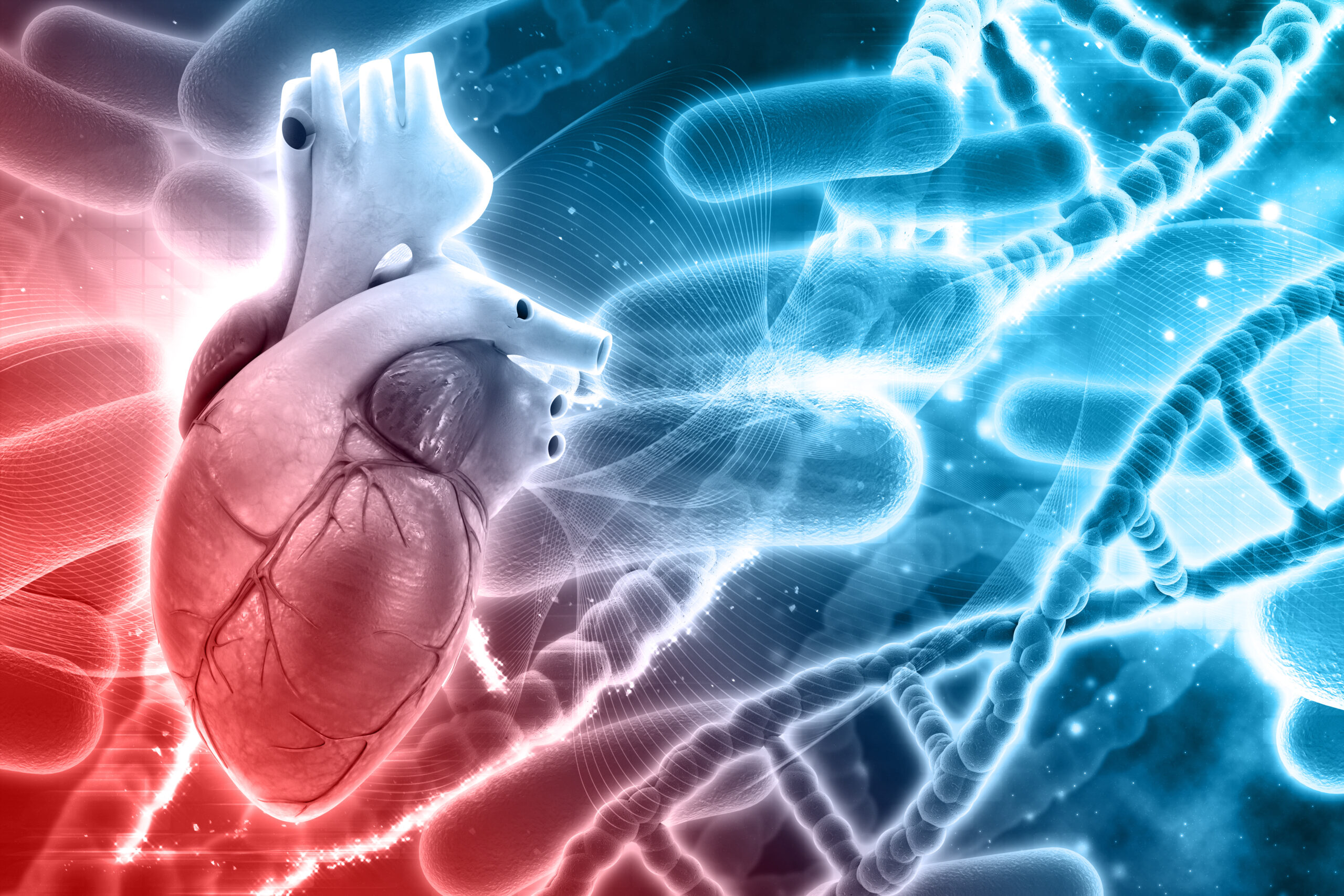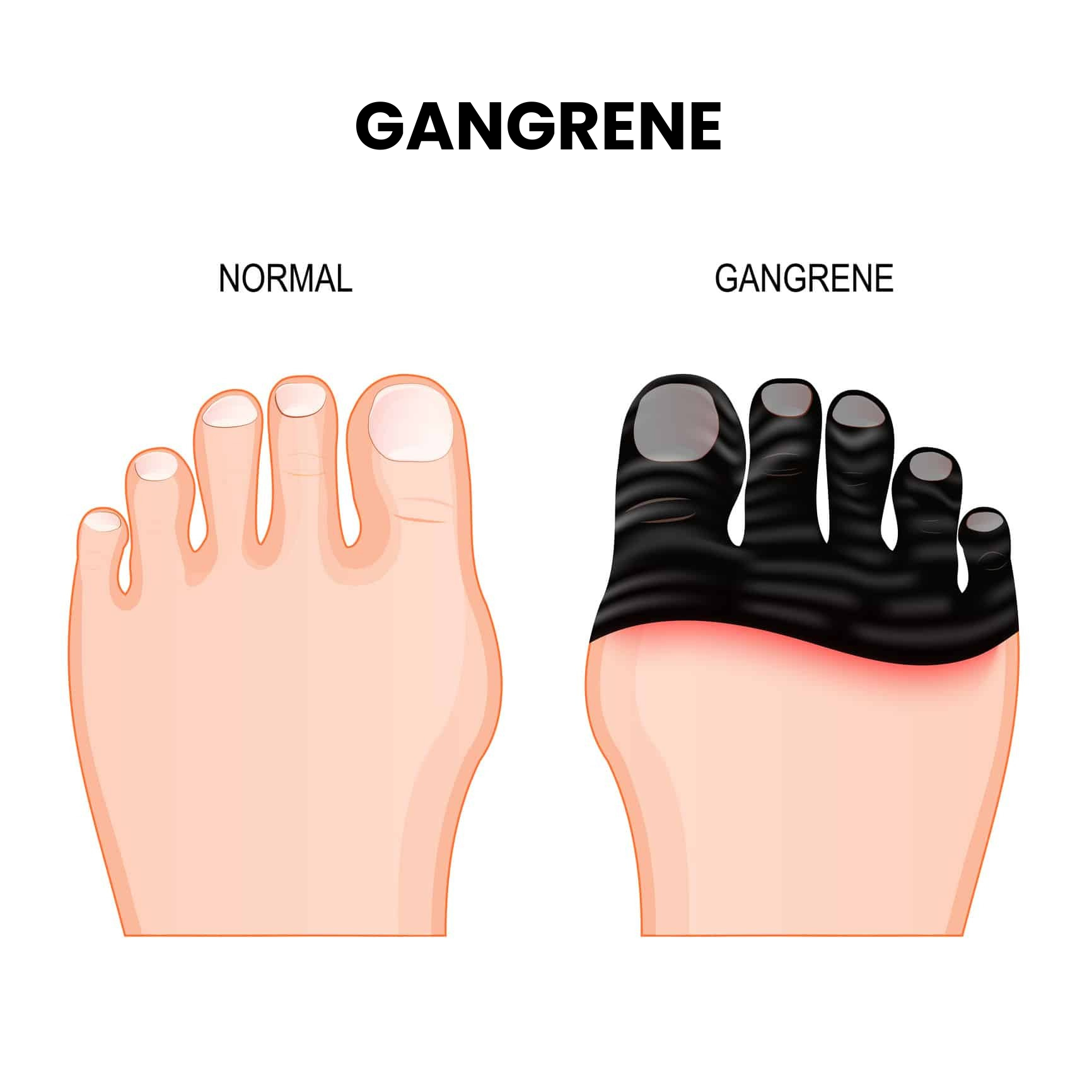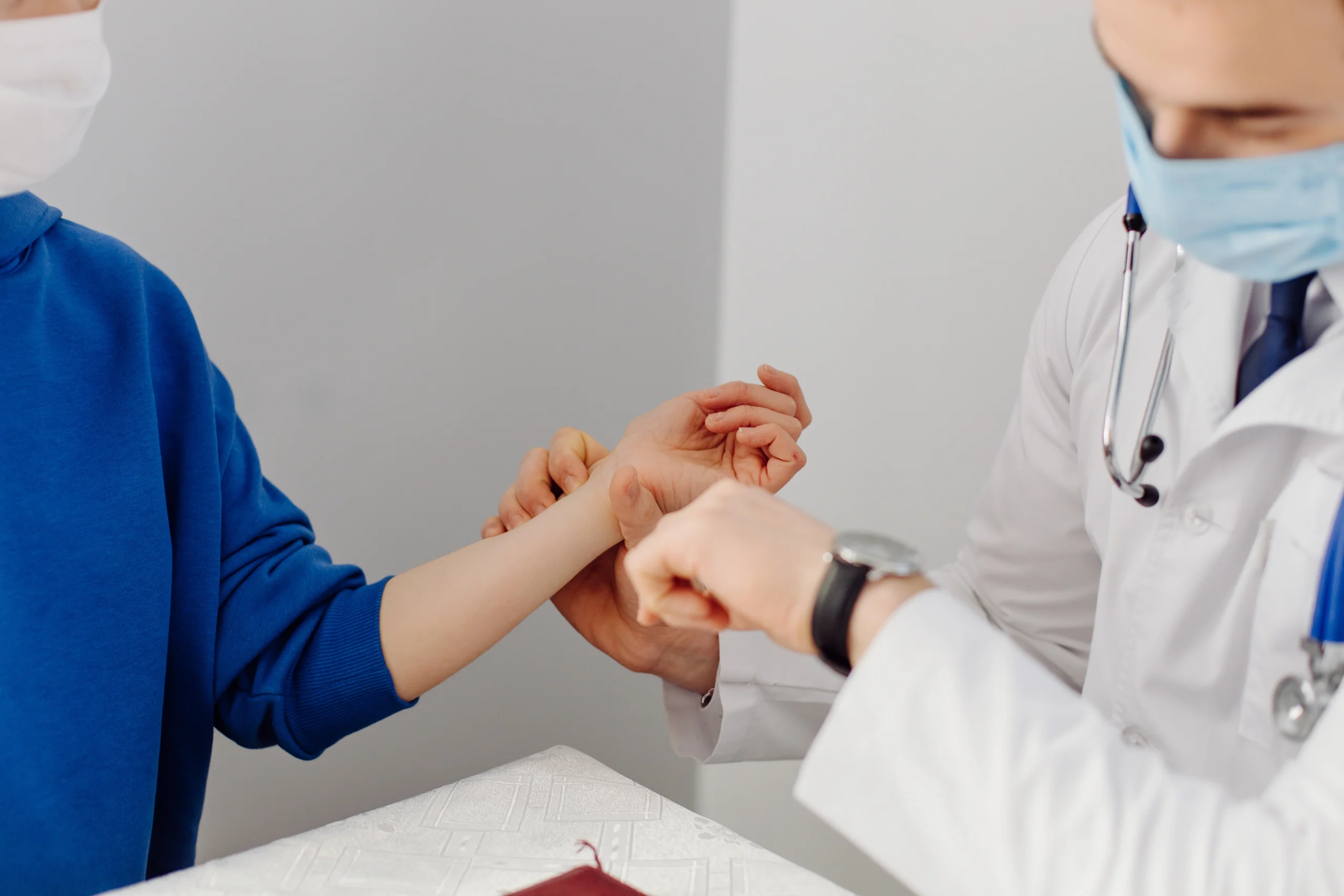Exercise for Varicose Veins: Your Complete Guide to Natural Relief

The varicose vein issue is something that is disturbing millions of individuals in the world, not only aesthetically but also due to the inconvenience it brings with it, pain, and even health problems. Despite the availability of medical help, incorporating intensive exercise for varicose veins into your daily routine can significantly improve the condition of your circulating blood, reduce the symptoms of the disease, and prevent its further development.
Understanding Varicose Veins
In varicose veins, you have weak or even damaged valves in your veins, none of which are doing their job properly to move the blood along and the blood settles, making the veins swell up to long large eddy curves that appear externally on the skin. The most frequent symptoms are pain, heaviness, swelling, and cramps in legs, especially during long-lasting standing and sitting.
The Power of Exercise for Varicose Veins
The most effective non-invasive method for treating varicose veins is regular physical activity. The physical exercises against varicose veins are one of the means through which the better filling of the blood flow, hardening and tightening of the muscles that can encircle your veins, and relaxing the veins of your legs is conducted.
Dr. Luv Luthra, MBBS, MS (General Surgery), M.Ch (Vascular Surgery), D.N.B. (Peripheral Vascular Surgery), Certified by the American College of Surgeons as Director – Chand Vascular Centre and Diabetic Foot Clinic, Ludhiana. Stresses that motion is essential for vascular well-being. With a long history of experience in handling varicose vein disorders and other vascular infections, Dr. Luthra believes that combining proper exercise with professional healthcare can yield the best outcomes.
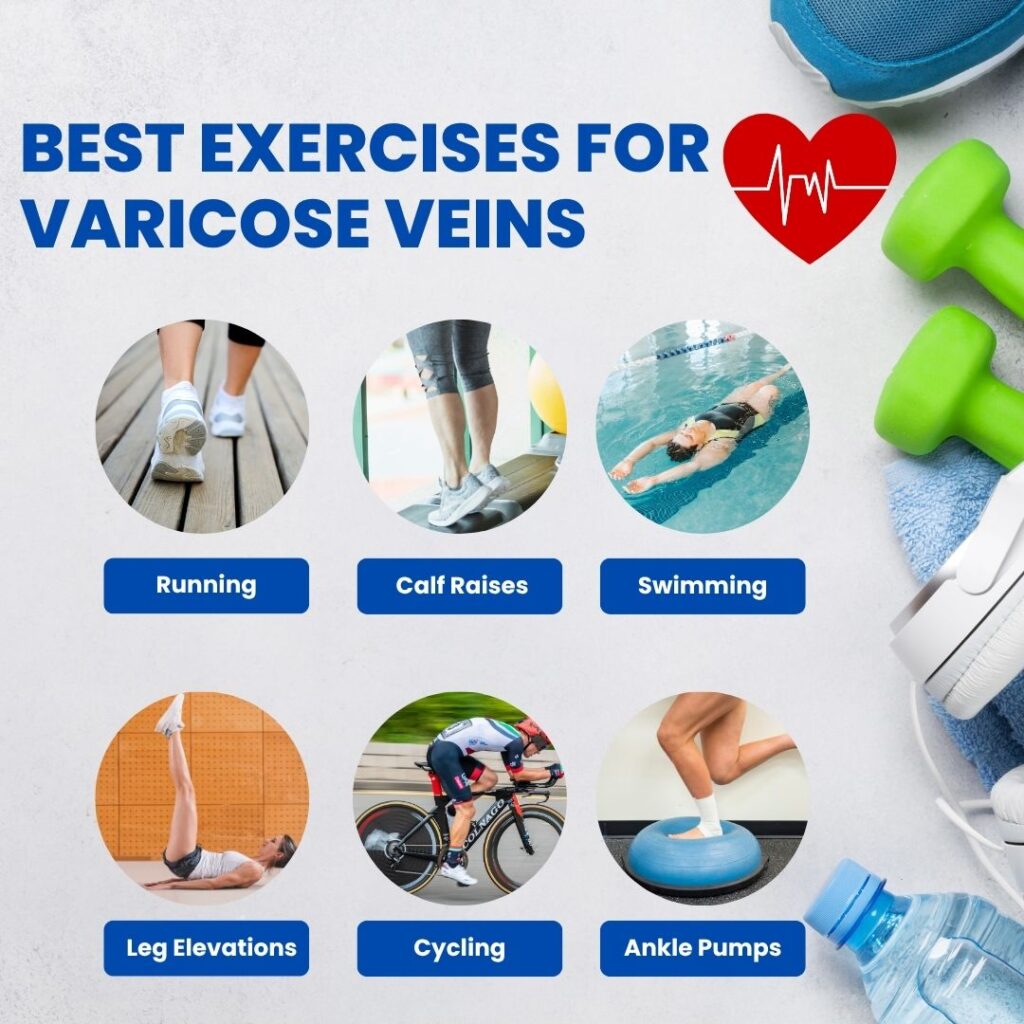
Best Exercises for Varicose Veins
1. Walking
The best exercise to consider for varicose veins is probably walking. The movement is a low-impact activity that helps stimulate your calf muscles, allowing them to contract and work as a sort of pump to move blood back towards your heart. Attempt to get at least 30 minutes of brisk walking in a day, and you will find considerable changes in terms of circulation.
2. Calf Raises
Use a hip-width stance and move slowly up onto your toes and down in the same manner. This easy exercise helps you tighten your calf muscles and enhance venous drainage. Do the exercises in 3 sets of 15-20 repetitions throughout the day.
3. Leg Elevations
On one side, lie down on your back and elevate your legs to increase your heart rate for 10-15 minutes. This helps gravity push blood back to your heart, thereby decreasing the pooling of blood in the leg veins.
4. Cycling
Riding a bicycle, either indoors or outdoors, is also a great exercise because it encourages good circulation in the lower extremities. Pedalling exercises several groups of muscles and gives a top-notch cardiovascular workout. Workout.
5. Water Exercises and Swimming
Swimming is a type of exercise that is particularly suitable for varicose veins, as the water exerts natural pressure on the veins. In contrast, the motion of being sideways or in a horizontal position also facilitates circulation. The buoyancy of water also causes a reduction in the strain on your joints.
6. Ankle Pumps and Circles
You can do these simple tasks anywhere, even at your desk. Flex your feet, point, and rotate your ankles in circles to engage your muscle pump mechanism in the lower legs.
Exercise Guidelines and Safety Tips
When incorporating exercise for varicose veins into your routine, consider these important guidelines:
- Build up slowly and steadily.
- Avoid high-impact events that overstretch the legs.
- When advised by your doctor, wear compression stockings during exercise.
When to Seek Professional Help
Even though physical activity is an effective means to cope with varicose veins, in some instances, professional medical care is necessary. Dr. Luv Luthra is a vascular and endovascular surgeon with a particular interest in and practice of medical procedures, utilising novel techniques, including laser therapy for varicose veins. The fact that he has multifarious experience with peripheral vascular diseases, as well as has published numerous works on the same, makes him an authoritative source of information on vascular health.
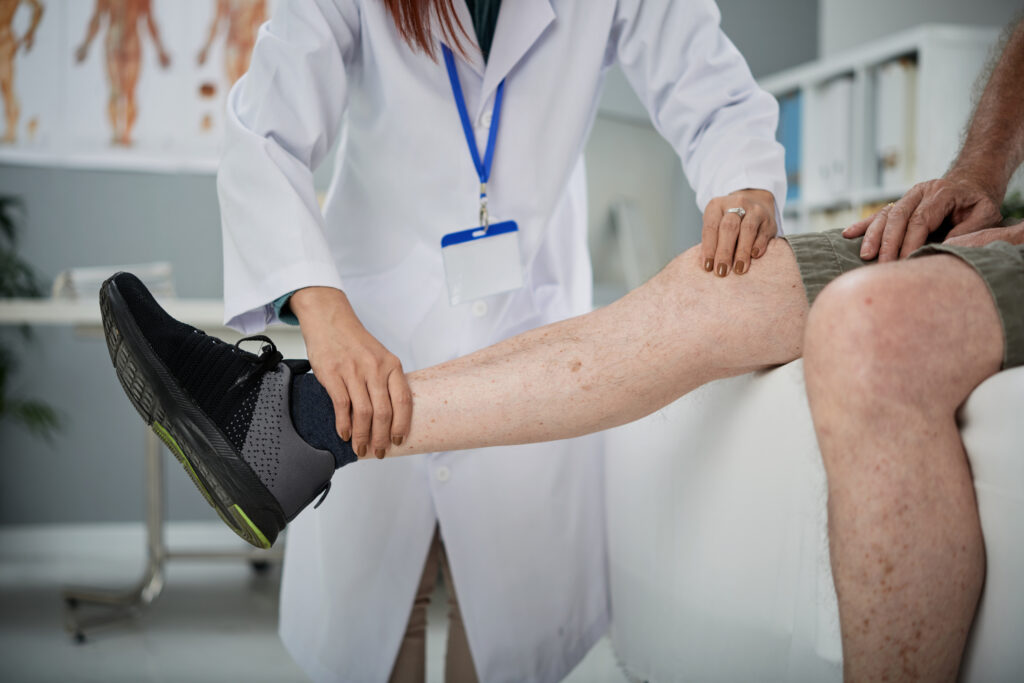
Signs that you should consult a vascular specialist include
- Severe pain or swelling
- Skin changes or ulceration
- Blood clots
- Persistent symptoms, despite conservative treatment
Lifestyle Modifications to Support Exercise
To maximize the benefits of your exercise routine, consider these additional lifestyle changes:
- Keep your weight healthy so that you do not overwork your veins.
- Prevent excessive sitting or standing.
- When resting, put your legs higher.
- Dress comfortably in loose clothes.
- Eat high-fibre low-sodium diet.
The Long-Term Benefits
Periodic exercise for varicose veins to diminish and bring stunning outcomes on your vascular health. Daily walking or some other type of physical activity also contributes to managing the existing varicose veins and preventing the appearance of new ones. The patients often get pain relief, energy boost and general quality improvement of life.
Expert Medical Care: Dr. Luv Luthra’s Approach
Dr. Luv Luthra, a Doctorate of Medicine (MBBS), master in general surgery (MS) and Doctorate of medicine (M.Ch) vascular surgery, DNB ( Peripheral Vascular Surgery), offers unparalleled experience in treating varicose veins and vascular issues. Dr. Luthra is currently a Director at Chand Vascular Centre and Diabetic Foot Clinic, Ludhiana and is one of the renowned names on vascular medicine.
As a certified vascular and endovascular surgeon, Dr. Luthra treats various forms of vascular diseases, with the exclusion of diseases of the brain and heart. His practice has been saturated with diabetic foot ulcer, varicose vein laser therapy, neuropathy in diabetes, non-healing wounds, peripheral vascular diseases, and toes and feet gangrene.
Dr. Luthra is not only an expert in the area of varicose vein but also in the area of complicated procedures; he will therefore help in the development of arteriovenous fistulas among patients with chronic kidney diseases who need dialysis as well as various access methodologies among the patients on dialysis. This commitment to the field can be seen in the very many publications he has written and the many awards he has won nationally and even international awards on his contributions to field of vascular surgery.

